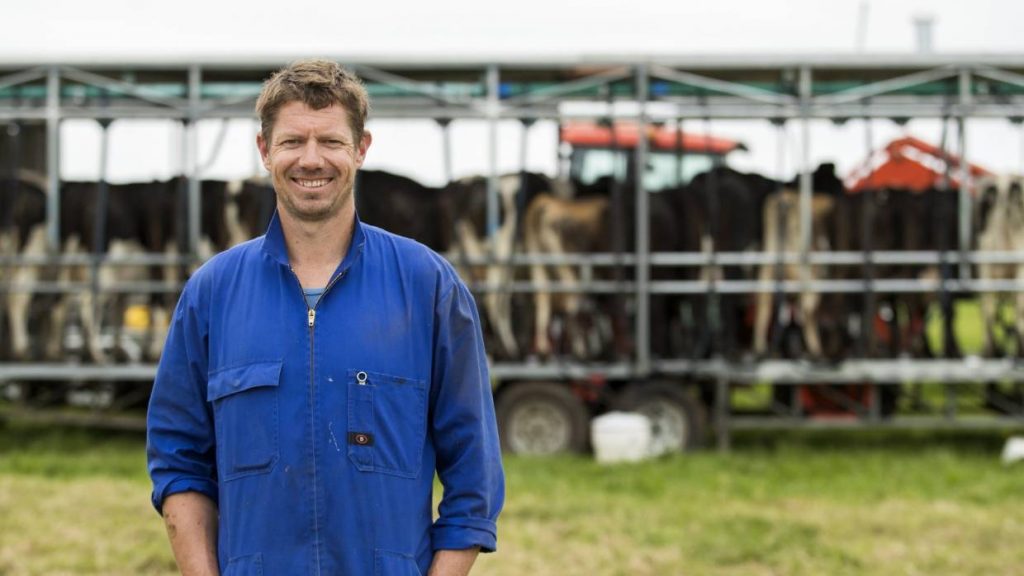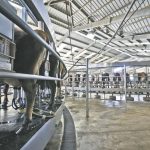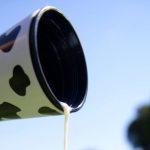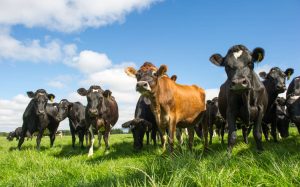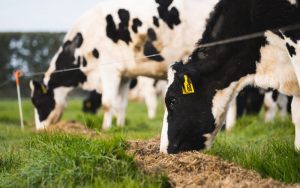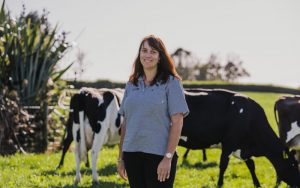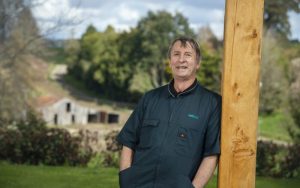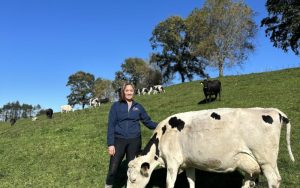
The subject of happy cows is a cheerful topic that should make people happy, but more often than not it causes people to become quite unhappy.
Ben and Jerry’s ice cream are quite unhappy at the moment because they’re being sued by James Ehlers who is particularly unhappy with Ben & Jerrys “happy cow” claims.
Ben & Jerry’s claim their milk is produced by “happy cows” in Vermont under their “caring dairy” programme. But James reckons that less than 50 per cent of Ben & Jerry’s milk actually comes from these “happy cows” in Vermont. The rest he says are sourced from “factory-style, mass-production” dairy farms which he says have unhappy cows.
James is not the only one unhappy at happy cow claims.
Vegans get quite unhappy that dairy farmers can even purport to describe their cows as happy. Because, to them, cows can’t possibly be happy if dairy farmers are happy to have their cows impregnated every year only to have their calves removed at birth.
I’m happy to say that they may have a point here. It’s my opinion that the removal of the calf from its mother at birth is a rather unhappy experience for both cow and calf.
For this reason, we’ve always happily left all our calves with their mothers. This made our customers very happy as to them it showed we actually did have happy cows.
Based on this perspective, I challenged a local agency to come up with a good name for my milk company, as I was unhappy with the name we had. They happily accepted the challenge and came up with The Happy Cow Milk Company.
I was happy with the name but some dairy farmers were not happy at all. These dairy farmers were quite unhappy because they thought I must be saying that their cows were not as happy as my cows (which I kind of was). Nevertheless, I was a bit unhappy that they were unhappy.
These unhappy dairy farmers challenged me to prove that leaving calves with their mothers did, in fact, make for a more happy cow & calf. I was happy to accept the challenge, as I had just met a woman who had done a PHD in happy sheep & cows. She was happy to point me to research on the happiness of animals.
I happily pointed out that a happy animal is one that is allowed to live as it naturally would do in nature. And a cow happily feeding its calf is what happy cows do in nature.
Dairy farmers were unhappy with that explanation and suggested that a calf in a nice warm barn was happier than one in the cold paddock. To which I was happy to point out that we shouldn’t be having calves born in the 3-month period when it’s very cold as that’s an unhappy experience for all involved.
These unhappy dairy farmers were quickly becoming my arch-nemesis. They challenged me, that it was a less unhappy experience for a cow if farmers remove her calf at birth than it was to remove the calf at 12 weeks of age, as the cow and calf had bonded over that time.
I was unhappy to admit that they might actually be right on this one. I had seen how unhappy my cows were when we separated their weaned calf into another paddock. I thought these cows don’t look very happy.
It was about this time that an Australian woman sent me all the research that existed in the world on cow and calf separation and bonding. I was happy to find that I had been doing it all wrong!
There are many happy farmers around the world who have developed techniques and methods of gradually separating happy cows & their happy calves in a totally stress-free manner as would happen naturally in nature.
This makes me happy, I’m also happy that more farmers are open to adopting our happy cow and calf system.
We know it’s a bit of a change, so we happily developed a happy cow and calf system for robotic milkers, mobile milkers, small bucket milkers and even traditional cowsheds too.
Where there is a happy cow will, there is a happy cow way.
